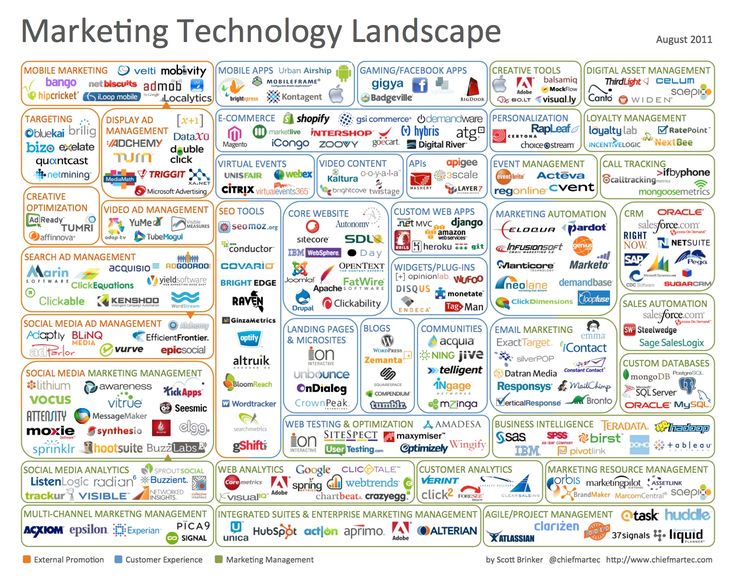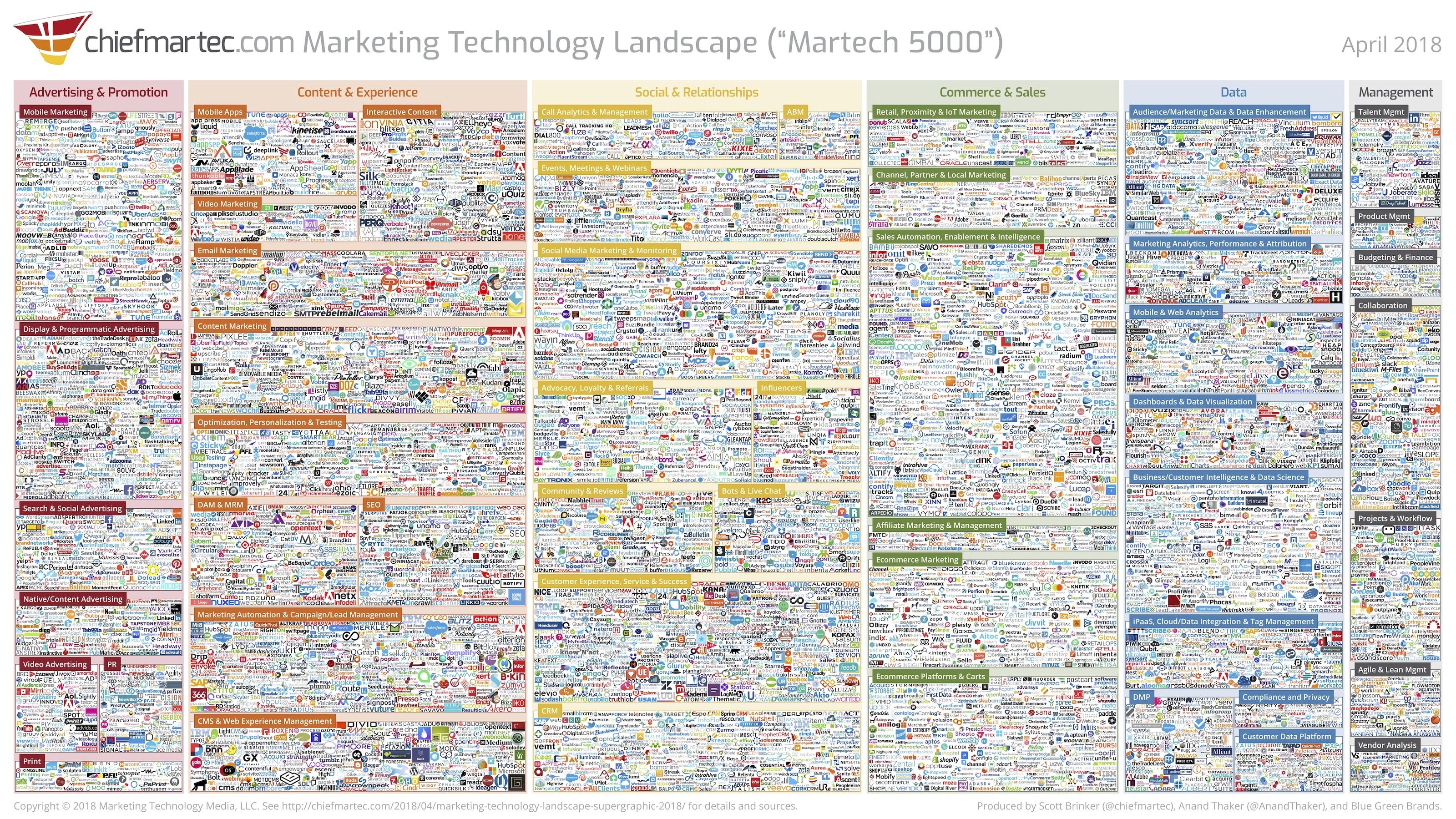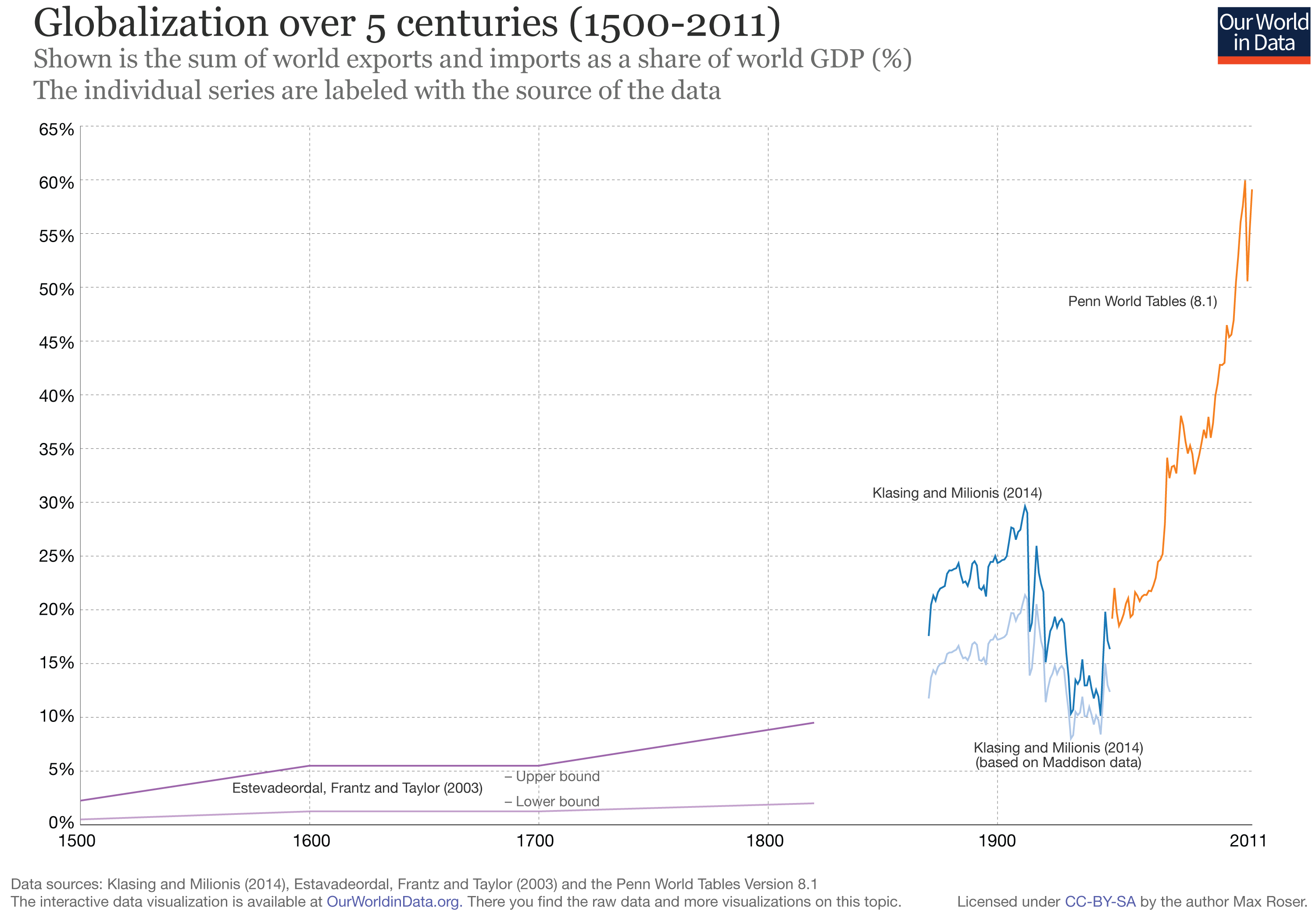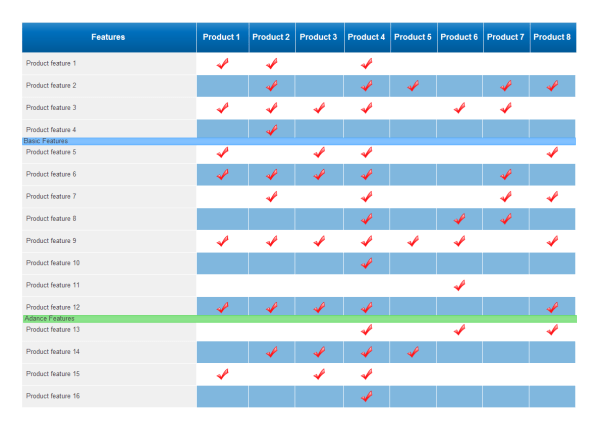This article was originally published on OpenView Labs
Becoming the absolute leader in your market is not a luxury.
It’s a necessity to
survive.
The old battlecry of
“If we can get 1% of a $10 billion market, we’ll be rich!” is some of the biggest maladvice in business history.
It sounds
so good on paper (the young VCs always think they’re going to make their careers with these investments).
But it’s not how markets work in reality.
The (brutal) reality of how markets work is if you don’t become #1 in
something, you are highly vulnerable to being expelled from your market and left out in the cold.
You’ll survive on nothing but scraps (otherwise known as the “low end of the market”).
These are the economics of B2B markets: they collude around, and hoist up, the market leader.
And they shun also-rans.
For buyers, moving forward with the market leader is a means of avoiding risk.
In many instances, they are staking their reputations on the vendor they choose.
They get awful queasy with the idea of buying from the vendor who has “1% of the market.”
Why Market Leadership is Imperative in B2B
Buyers are inundated with choices in virtually every B2B product category.
Competition is
proliferating.
Where a category was once “lightly competitive” years ago, it’s now
swarming with look-alike alternatives.
Let’s take the marketing technology industry as an example of this phenomenon.
7 years ago, there were 150 players in the Martech industry:

That’s already a lot to sort through.
Despite that, competition has proliferated even further.
There are now 5,000 players in the Marctech space (that is not a typo):

This isn’t just happening in the marketing technology industry.
Competition is proliferating in
almost every B2B category.
Your category isn’t going to become
less competitive over time, either.
It’s going to become
more competitive.
How do I know?
You’ll soon have to deal with
global competition:

Soon, you won’t just have
domestic competitors to worry about.
You’ll have to insulate yourself from
competitors that come from outside your native country.
When buyers have so much noise to sort through, they default to purchasing the market leader.
They go with #1.
It’s the safe, proven choice.
After all, #1 is probably #1 for a reason.
Become #1 in Something
None of this is to say you have to be a “unicorn.”
You don’t
have to overtake a huge, multi-billion dollar market (though that’s certainly a worthy goal to aspire to).
The idea is that you must become #1 — the undisputed market leader — in
something.
But “
something” can be quite narrow indeed, if that’s the scope your resources will allow.
It can be as broad as the #1 CRM in the world.
And it can be as narrow as the #1 Israeli wine provider in Los Altos.
In other words, you have control over the scope of your playing field.
But note that the broader you define your playing field, the more resources you’ll need to become #1.
A Unique Product is not Enough to Differentiate
However broadly or narrowly you define your playing field, relying on your
product’s uniqueness for competitive advantage will get you
creamed in today’s world.
The battleground for competitive differentiation has shifted.
Competitive advantage used to be a game of product superiority and uniqueness.
But given the explosion of choices in products I outlined earlier, that’s no longer a sustainable way to differentiate.
It’s just a ticket to enter the game.
In fact, focusing too much on differentiating via product features could actually have a
counterproductive effect.
It draws your customer’s attention
too much to products and features, which they are already overwhelmed by.
When customers are drawn to comparing products, they create the dreaded “comparison spreadsheet.”

You and your competitor are then pitted against each other in a vicious competitive bake off.
The “spec war” ensues.
You one-up your competitor with Feature A.
They match you, and raise you Feature B.
This dance continues until customers decide that you’re at parity with each other, and start grinding you
both down on price.
The “winner” — if you can call it that — is the vendor who cuts their price the steepest.
That’s the best case scenario.
The worst case scenario is the customer — in their confusion — makes no buying decision at all.
So, if it’s not product differences, what
is the most effective battleground to differentiate against your competition?
The Battleground for Dominating Your Competition
Sales conversations — what your sellers say, do, and write during the sales process — is where the perception of difference is created.
Companies that are leaving their competition in the dust often have more or less the same products their competitors offer.
But they approach their sales conversations so differently that there’s not even a basis for comparison.
While their competitors are talking about their products and its benefits, these market-leading companies are telling a story about their
customer’s business.
They’re talking about how the world is changing, how their status quo is being threatened, and how they can make good on these changes as an opportunity.
The only place their product has in the conversation is serving as a linchpin (not protagonist) in the story.
When you approach your sales conversations this way, customers see you as a
strategic partner.
And they
disqualify your product-pushing competitors early in the
sales process.
Dominate Your Competition with These Selling Strategies
So how do you make sure your sales team is having great sales conversations?
It’s a big topic, but I can lend a hand.
Our data science team at Gong.io analyzed 24,077 competitive sales deals — and the sales conversations within those deals.
The goal was to understand how the
best salespeople
sell against the competition, according to the data.
We turned everything we learned — five core competitive selling strategies — into a webinar.
Watch it on-demand here:
Win More Competitive Deals with These Five Selling Strategies.
I hope you enjoy it, and cheers to taking your market by storm.
 That’s already a lot to sort through.
Despite that, competition has proliferated even further.
There are now 5,000 players in the Marctech space (that is not a typo):
That’s already a lot to sort through.
Despite that, competition has proliferated even further.
There are now 5,000 players in the Marctech space (that is not a typo):
 This isn’t just happening in the marketing technology industry.
Competition is proliferating in almost every B2B category.
Your category isn’t going to become less competitive over time, either.
It’s going to become more competitive.
How do I know?
You’ll soon have to deal with global competition:
This isn’t just happening in the marketing technology industry.
Competition is proliferating in almost every B2B category.
Your category isn’t going to become less competitive over time, either.
It’s going to become more competitive.
How do I know?
You’ll soon have to deal with global competition:
 Soon, you won’t just have domestic competitors to worry about.
You’ll have to insulate yourself from competitors that come from outside your native country.
When buyers have so much noise to sort through, they default to purchasing the market leader.
They go with #1.
It’s the safe, proven choice.
After all, #1 is probably #1 for a reason.
Soon, you won’t just have domestic competitors to worry about.
You’ll have to insulate yourself from competitors that come from outside your native country.
When buyers have so much noise to sort through, they default to purchasing the market leader.
They go with #1.
It’s the safe, proven choice.
After all, #1 is probably #1 for a reason.
 You and your competitor are then pitted against each other in a vicious competitive bake off.
The “spec war” ensues.
You one-up your competitor with Feature A.
They match you, and raise you Feature B.
This dance continues until customers decide that you’re at parity with each other, and start grinding you both down on price.
The “winner” — if you can call it that — is the vendor who cuts their price the steepest.
That’s the best case scenario.
The worst case scenario is the customer — in their confusion — makes no buying decision at all.
So, if it’s not product differences, what is the most effective battleground to differentiate against your competition?
You and your competitor are then pitted against each other in a vicious competitive bake off.
The “spec war” ensues.
You one-up your competitor with Feature A.
They match you, and raise you Feature B.
This dance continues until customers decide that you’re at parity with each other, and start grinding you both down on price.
The “winner” — if you can call it that — is the vendor who cuts their price the steepest.
That’s the best case scenario.
The worst case scenario is the customer — in their confusion — makes no buying decision at all.
So, if it’s not product differences, what is the most effective battleground to differentiate against your competition?